New: Fold & file organizer
Fold these stands, cross out the alphabet or numbers and start organizing your books and cd’s as you like.
[yframe url=’http://www.youtube.com/watch?v=Jf6vlg6nQBU’]
Fold & file organizer | € 14,95 | buy now
Fold these stands, cross out the alphabet or numbers and start organizing your books and cd’s as you like.
[yframe url=’http://www.youtube.com/watch?v=Jf6vlg6nQBU’]
Fold & file organizer | € 14,95 | buy now
Beauty, craftmanship and innovation at the Cuypershuis in Roermond. Featuring Rag chair by Tejo Remy, 1991
Order your own Easter Bunny before April 10th ’12 and get 2 yellow Suckers for free!
http://www.droog.com/store/accessories/hare-mat/
(also applies on Hippo mat!)
Since the first production of the 85 Lamps in 1993 the world has changed tremendously. With the introduction of LED lamps the screw-in incandescent light bulb got replaced by a more environmental friendly opponent. As a respond to customers’ needs Droog decided to replace the old incandescent light bulbs into LED lighting. With this recent change the 85 Lamps has become a more eco-friendly and customer-friendly product without losing the character of the iconic chandelier, which was created almost 20years ago. The lamp uses only what is necessary to create light: bulbs, wires, connectors. By multiplying these essential elements an opulent chandelier is created. Less and more are united in one single product
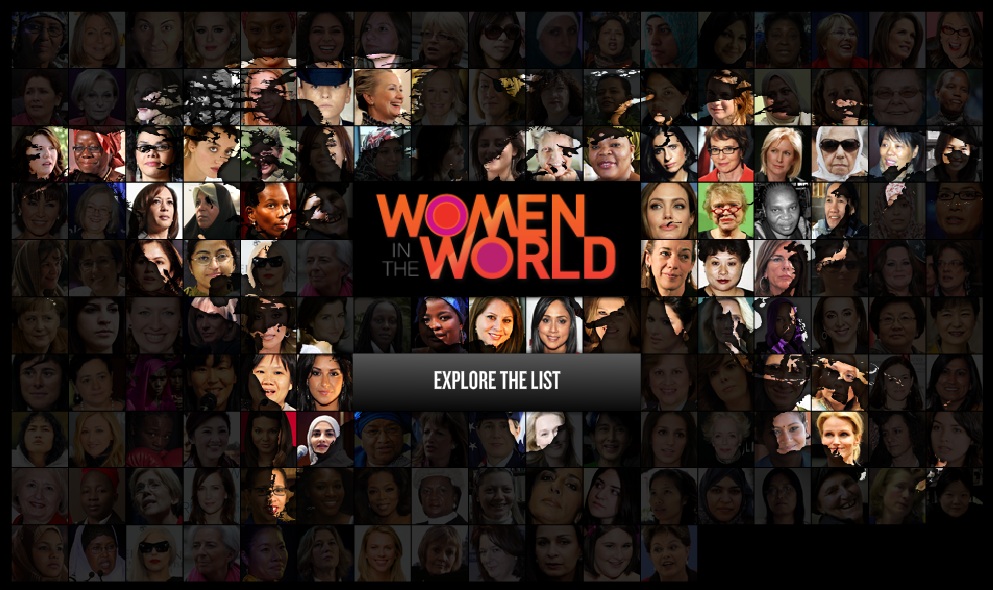
Art historian turned curator turned environmental trendsetter, Renny Ramakers has put a different kind of green conscience into design with UP, the Dutch innovator’s latest venture. Initiated by Droog, a firm she cofounded that took the design world by storm, UP is a collaborative effort among companies to cut down on waste by using surplus materials to create new goods. The movement’s many partners have created a rapidly growing line of chic “leftover” products from dead-stock items repurposed in inventive ways.
“It is one of the best kept secrets: everyday, tonnes of sellable products are recycled or simply destroyed worldwide, resulting in an unacceptable loss of material and energy. Recycling in practice is down-cycling; many recycled materials are processed into inferior products,” (Renny Ramakers, October 2011).
Friends of Droog are products by leading brands from around the world selected by us to complement the Droog collection. These are some of our newest Friends, now available in the Droog webshop.
|
|
|
|
|
|
|
|
In December, Droog released Too beautiful to hide – hot water bottle by Wendy Legro. It is available now on www.droog.com, at Droog Amsterdam and at resellers worldwide. We ask Wendy some questions about her design.
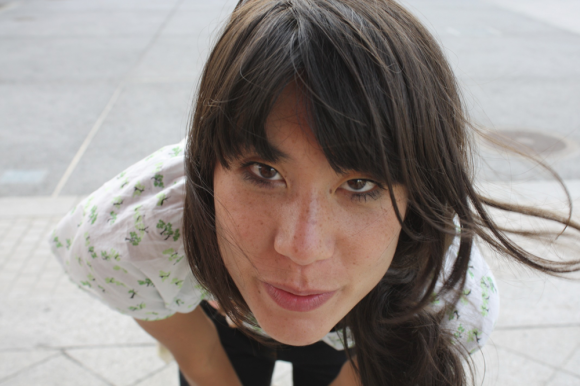
What do you think makes the use of a hot water bottle articularly relevant today?
The hot water bottle never really disappeared; it has always played a part in the background. With this new design I hope more people will get re-acquainted with a very simple way of keeping warm. After all, comfort is something we are always looking for.
What are the benefits above a regular hot water bottle or electric blanket?
I find the comfort and support you can offer a beloved with a hot water bottle really beautiful. But the touch of rubber to skin is not comfortable and the material can be a bit smelly. Hiding it in an extra layer brings down the beauty and warmth. As for other ways of local heating like the electric blanket, my mother used one at our home but for me there was a lack of charm. My goal was to give an aged product with a warm use the look and feel it deserves.
How does this hot water bottle relate to your other work?
When I design I let my senses guide me. By doing so I hope to add an emotional value to my products. Finding beauty in shape and details, to me, is the most important thing. The use of colour and material should complement this.
How does this sensorial value translate into Too beautiful to hide?
The shape with its curves and flat areas is formed to fit a human body. The round lines on the surface let the bottle stay warm longer, while they make you want to touch the soft ridges to sense what it feels like.
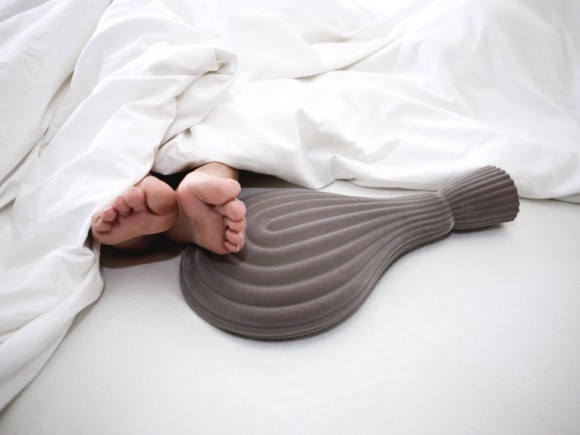
About Wendy Legro
Wendy Legro (Enkhuizen, NL 1984) graduated with distinction from the Design Academy Eindhoven in 2009. In 2010 she founded Studio WM. with Maarten Collignon, based in Rotterdam the Netherlands. Based on affinity with the senses, the designer couple develops products that show a keen sense of atmosphere and detail. Work by Studio WM. can be characterized by a use of intuition and a sensitivity to material and aesthetics.
Wendy Legro’s graduation project Hot water bottle has been on show at Sotheby’s London, Salone del Mobile, Milan, Nike’s design conference in Beaverton, Orlando, Designersfair at IMCologne, Graduation Galleries 2009 at Dutch Design Week and has been picked up by Wallpaper* and Frame.
The Power of Making exhibition at the Victoria and Albert Museum, featuring amongst others the Godogan table, attracted 320.703 visitors over 117 days, making it the most popular free exhibition at the V&A since 1950.
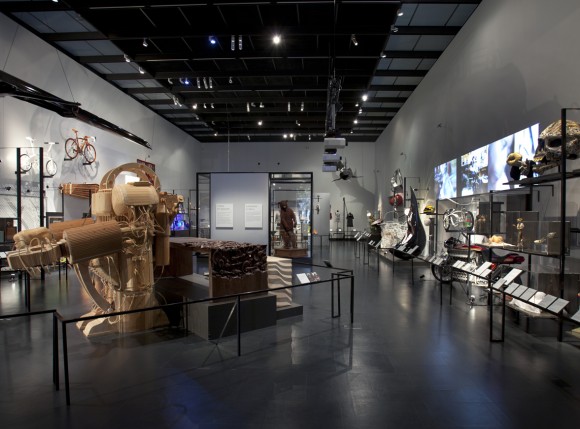
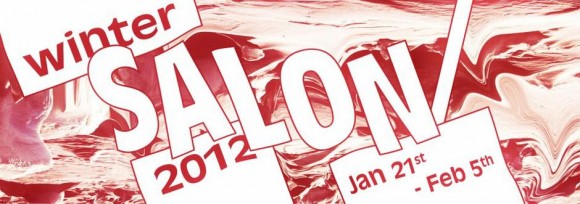 SALON/ is an initiative that creates a crossover experience to inspire and instigate a discussion and dialogue between art, design and fashion. SALON/ initiates both an offline and an online platform to endorse artists and designers and to generate a reflection.
SALON/ is an initiative that creates a crossover experience to inspire and instigate a discussion and dialogue between art, design and fashion. SALON/ initiates both an offline and an online platform to endorse artists and designers and to generate a reflection.
The events take place at various locations in Amsterdam, over a number of days whereby visitors can experience the creative works of both well-known and emerging artists/designers in different contexts, so creating a dynamic, interactive and social event.
Participants at Droog Amsterdam
Painted
Pieter Wackers
Erzsi Pennings
Michael Schoner
Robin de Vogel
Let everyone know you are coming here.
On Thursday, November 3rd, Droog launched the new design movement ‘UP’ during an event that brought together industry and design, and revealed the line of UP products.
In his talk, Eric Petersen of the Van Gansewinkel claimed that waste does not exist. Most waste contains valuable (raw) material such as gold and silver, which Van Gansewinkel wants to extract from the waste they collect. Van Gansewinkel also supports its clients in thinking and acting differently with their waste, so that less waste is burned and more is re-used. Van Gansewinkel put Droog in touch with its clients to harvest dead stock for the UP product line.
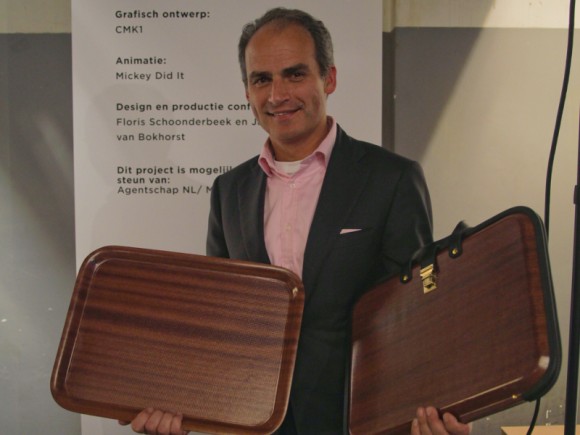 Marc Rouffaer of Call for Action, one of the partners with which Droog collaborated, revealed the outcomes of a research on why and how companies might like to be involved with UP, or why they might not. It became clear that even though the concept is easy to grasp, explaining it to people with a different mind set on waste becomes more difficult in practice. However, if companies have a vision on sustainability and on waste management, and if they are driven by innovation, they are more likely to work with the UP movement.
Marc Rouffaer of Call for Action, one of the partners with which Droog collaborated, revealed the outcomes of a research on why and how companies might like to be involved with UP, or why they might not. It became clear that even though the concept is easy to grasp, explaining it to people with a different mind set on waste becomes more difficult in practice. However, if companies have a vision on sustainability and on waste management, and if they are driven by innovation, they are more likely to work with the UP movement.
Jan Bongert of 2012Architecten showed how this architecture office re-uses waste in all their designs. Inspiring case studies were shown of play gardens built from old electric windmill flaps and internal walls with plastic window frames.
Member of the Parliament, Stientje van Veldhoven of the Democratic Party underlined the need to look differently to waste. She valued the level of innovation in this project and the possible implications for society. She suggested introduce this way of designing and thinking about waste into the Parliament.
Jean-Pierre Bienfait, CEO of Makro, told about his collaboration with Droog. When Droog first came with the question if Makro had dead stock to use, he thought it was a joke. However, he quickly saw the potential of the collaboration and the importance of the collaboration with designers in repositioning of the brand. Makro now could imagine that the UP products could be sold in their stores.
The UP collection was revealed by Kaisa Rakemaa (Mediq Finland) who started a used to be x-ray film now music record with the four seasons of Vivaldi on it.
The day was concluded with a discussion on amongst others IP issues. On IP-issues: How to deal with this, if one works with existing products (that were originally made by other designers). It was revealing to see the relaxedness of the different parties and brands involved. Things are changing and the way there was dealt with by e.g. Makro (“We called the original designers and they thought it was cool that others worked based on their designs”) gives room to innovation.
Read more about the project and see the products here.
Thank you to everyone who came out to the UP conference today to hear the presentations and to partake in the presentation of the UP product line. Look out for product photos to be uploaded here soon.
Join us at the UP conferenceOn November 3rd Droog will present UP, an investigative economic model that aims to increase the value of dead stock through design at the UP conference in Amsterdam. The first line of UP products will be unveiled. Read more details and register here.
Last night we held a very lively panel discussion and opening of the Fantastical Investments exhibition at Droog Amsterdam. The exhibition is on view at Droog Amsterdam until October 2nd, 2011. Stay tuned for more photos and video clips of the discussion.
by Renny Ramakers
This Thursday, September 22nd we will present the outcome of the Droog Lab project that investigated the habits of Russian consumers at Droog in Amsterdam. A presentation will follow in Moscow in 2012 in partnership with Strelka Institute of Media, Architecture and Design. As in all our Droog Lab projects, the outcome will be accompanied with a debate.
Our Lab projects start with my intuitive observations. In New York I was struck by the service economy, and in Russia, I was struck with consumer behaviour.
We all know that that Russia has a rich tradition in literature. In 1987, when I took a train to the countryside outside of Moscow, farmers were sitting around me with buckets of potatoes that they were taking to sell on the city markets. They were totally absorbed by Dostoyevsky and Tolstoy. In supermarkets and kiosks, classics and popular fiction books sit next to each other, as convenient items to be consumed on the go. I wondered how this addiction to reading could be reconciled with their lavish consumption—their love of diamonds and gold. Is there something to be learned from this paradoxical culture?
This was the brief to the team led by Daniel van der Velden (Metahaven). During their research in Moscow they discovered that these seemingly conflicting ways of consuming can be reduced to passion—to their love for fiction and fantasy as forms of escapism. This need for escapism emerged from a context of institutional mistrust. Since money is said to be dust, something not worth saving, it is better to spend it on more reliable things. We then realized spending on fiction and durable goods should be seen as an investment. A classic example is golden teeth, and another striking example we heard about was about a guy who bought two Porsches—one to drive in, the other one for spare parts.
The thought that acquiring durable goods can be a survival strategy made me think about our notion of the aesthetics of sustainability. If goods are durable why do they have to look so austere? We seem to think that there is a connection between “saving the environment” and an aesthetic that is bare and grey. We seem to think that sustainability is austerity, it is moderation, it is consuming less. If products are designed as an investment for one’s lifetime, there is no need to our pre-conceived notions of sustainable aesthetics. One of the outcomes of our project is a carpet with a pattern that changes as you get older and your taste and needs change. You buy it once in your lifetime. Another design shows screws that are made of 24-carat gold. Hidden in your furniture, they provide security if times get worse.
On September 22nd these principles will be presented with an imaginary brand, Fantastical Investments. The brand connects notions of survival and escapism with fiction and fantasy. Fiction is survival, story is shelter and celebration is memory.
In conversation with our team, Olga Kuzina, a Russian sociologist and economist pointed out that “in the world of rising uncertainty and institutional instability Russia may be considered as a looking glass that for the last 20 years has been offering the Western countries the reflection of the coming future.” In Russia the post-institutional era has begun, whereas we are just starting to mistrust the institutions. I would add that Russia also leads the way to a different vision on the aesthetics of sustainability, the creation of products that last a lifetime, products that will not be thrown away after a few years, products that can be seen as an investment in our insecure times.
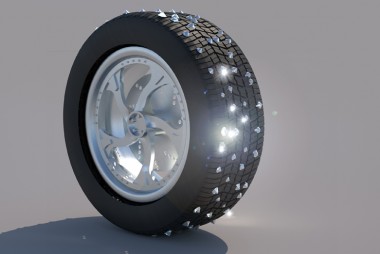
Fantastical Investments—the outcome of Droog Lab’s study of consumption habits in Russia—is an imaginary luxury brand. By Droog with Metahaven, Fantastical Investments will be presented on Thursday, September 22nd with a panel discussion and exhibition at Droog Amsterdam. Unveiling a collection of nine products, the brand will act as a vehicle for discussion on the co-existence of fiction and survival in a new vision on luxury.
“Russians have a deeply engrained reading culture; one can find literary classics in any supermarket. At the same time, they are known for their lavish spending on luxury goods. Our intention was to understand the relationship between these apparent contradictions in developing a new model of consumption inspired by Russia,” says Renny Ramakers, co-founder and director of Droog, and initiator of the project. As part of the Strelka 2010 summer program, the Droog Lab design team led by Daniel van der Velden discovered that many consumption patterns in Russia emerged from a context of institutional mistrust. “Western countries have often been perceived as an example of the future towards which Russia is moving to. However, in the world of rising uncertainty and institutional instability Russia may be considered as a looking glass that for the last 20 years has been offering the Western countries the reflection of this coming future,” stated sociologist and economist Olga Kuzina in conversation with the team.
The team observed that acquiring durable goods can be a survival strategy, akin to hoarding or investing in gold, and that consuming fiction and feeding the imagination is equally critical to one’s capacity to thrive. These principles formulated the Fantastical Investments luxury brand proposition, inspired by Russia but aiming for more universal impact.
“Fantastical Investments brings together imagination, luxury and survival, anticipating a gradual dissipation of the 20th century institutional backup for civil life,” says Daniel van der Velden. The brand “thrives on some of the darkest sentiments currently around in Western culture, but gives them a positive turn.”